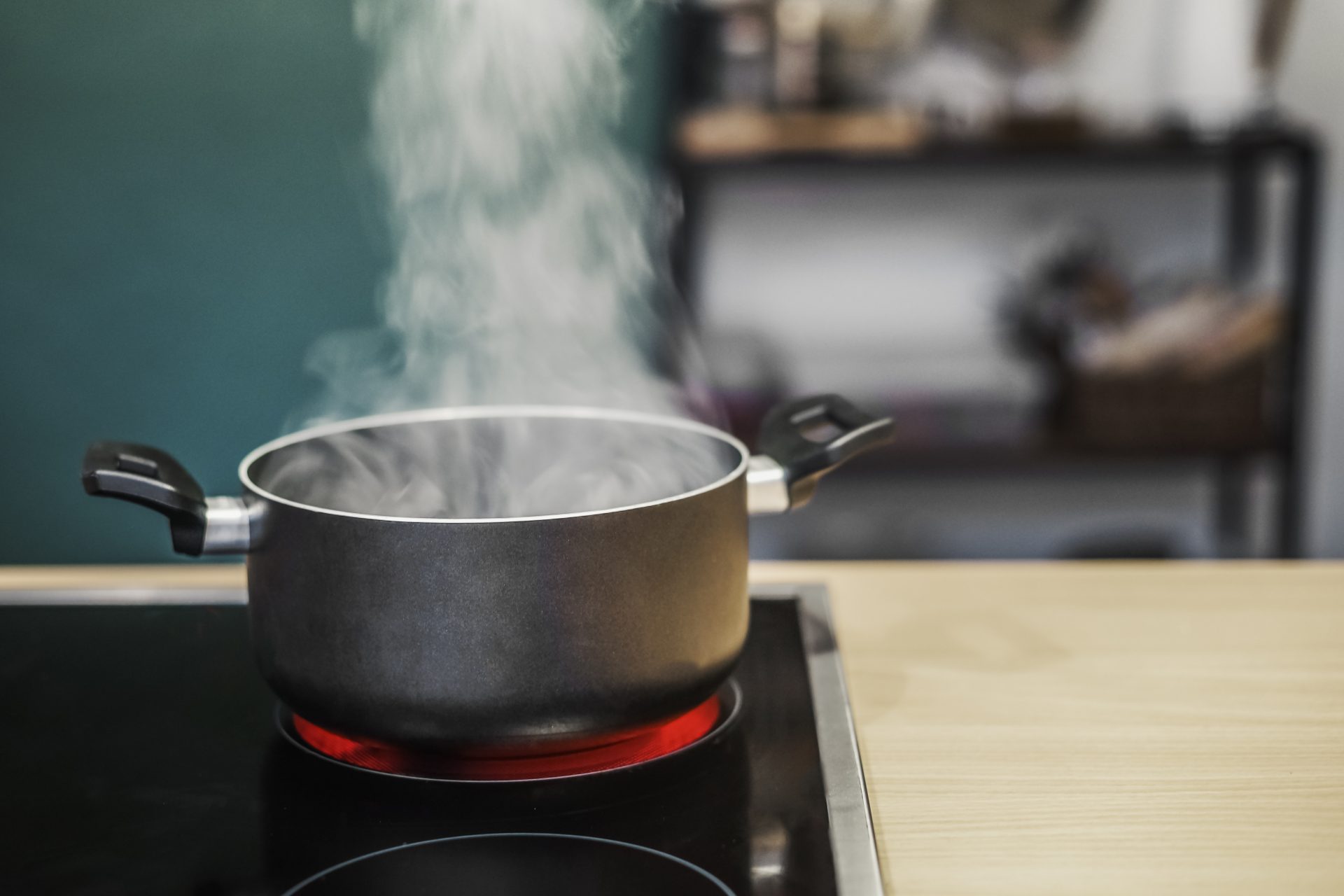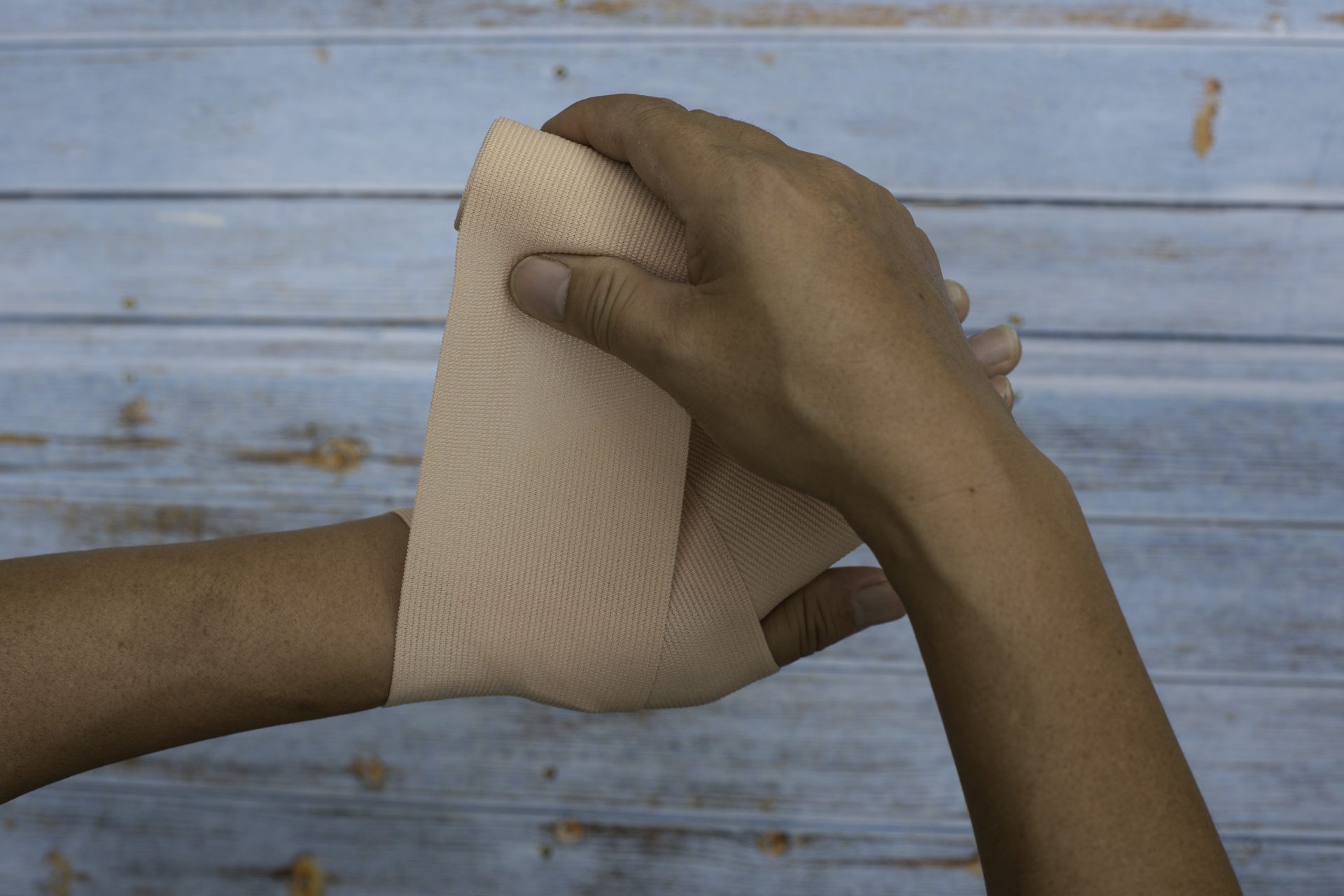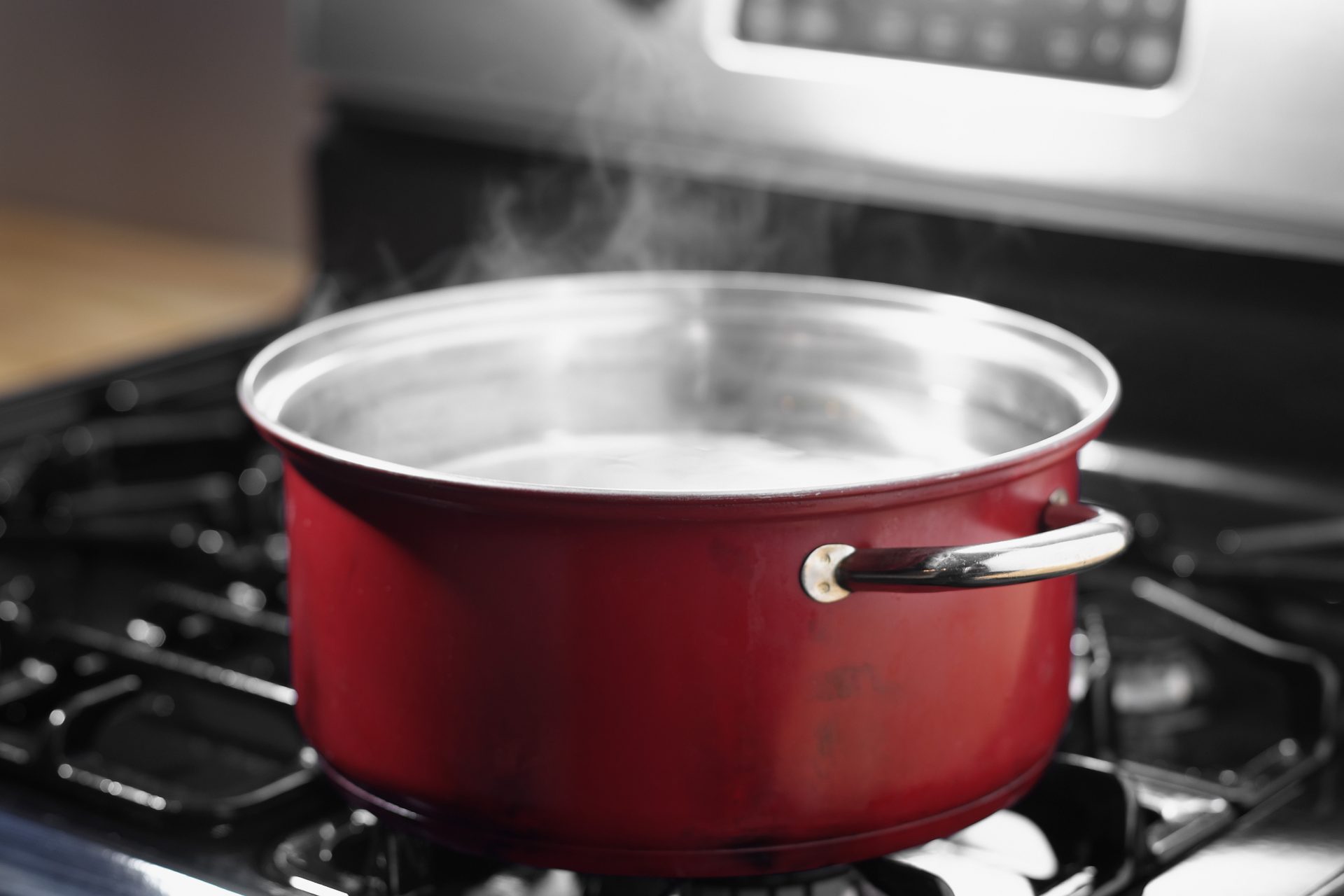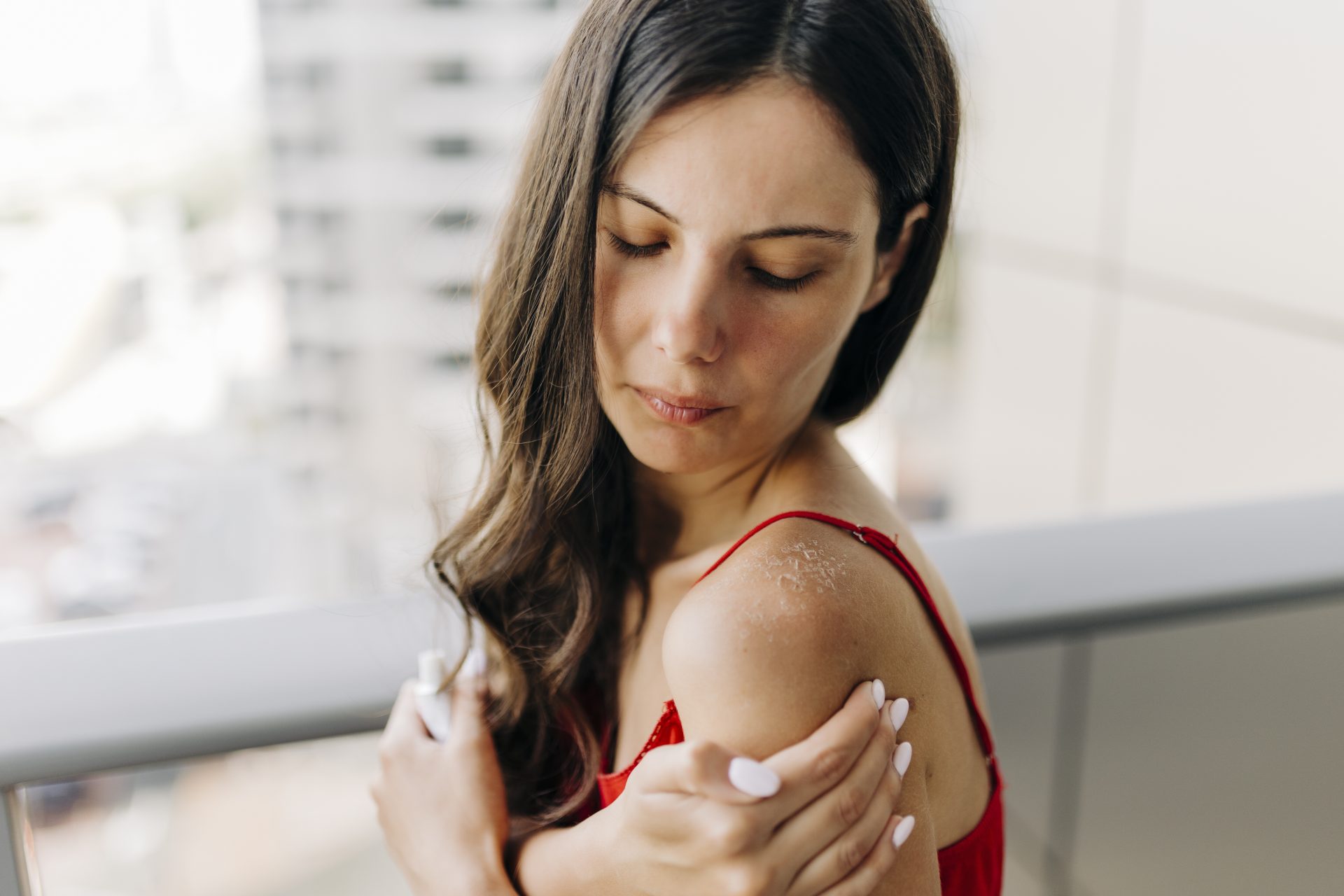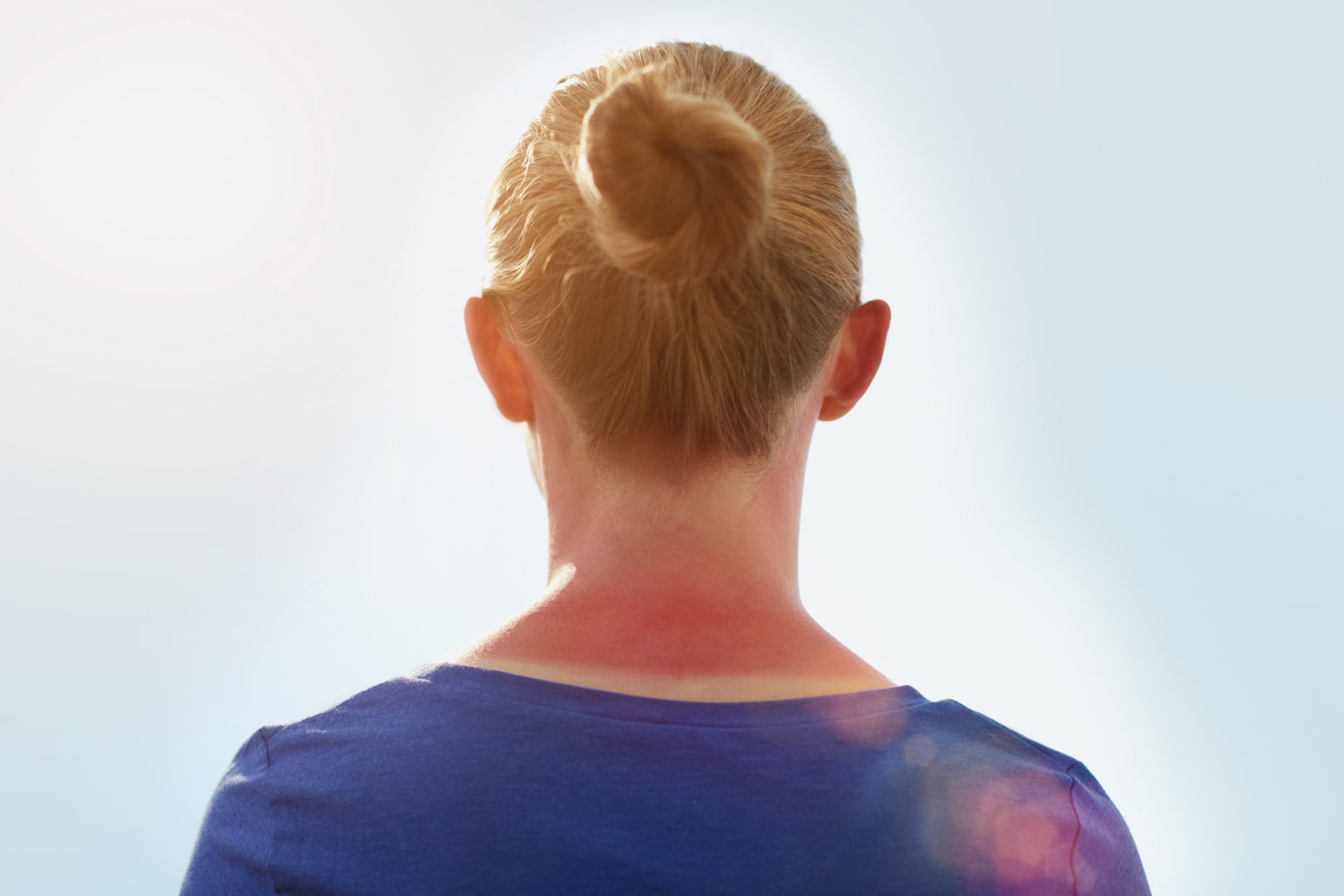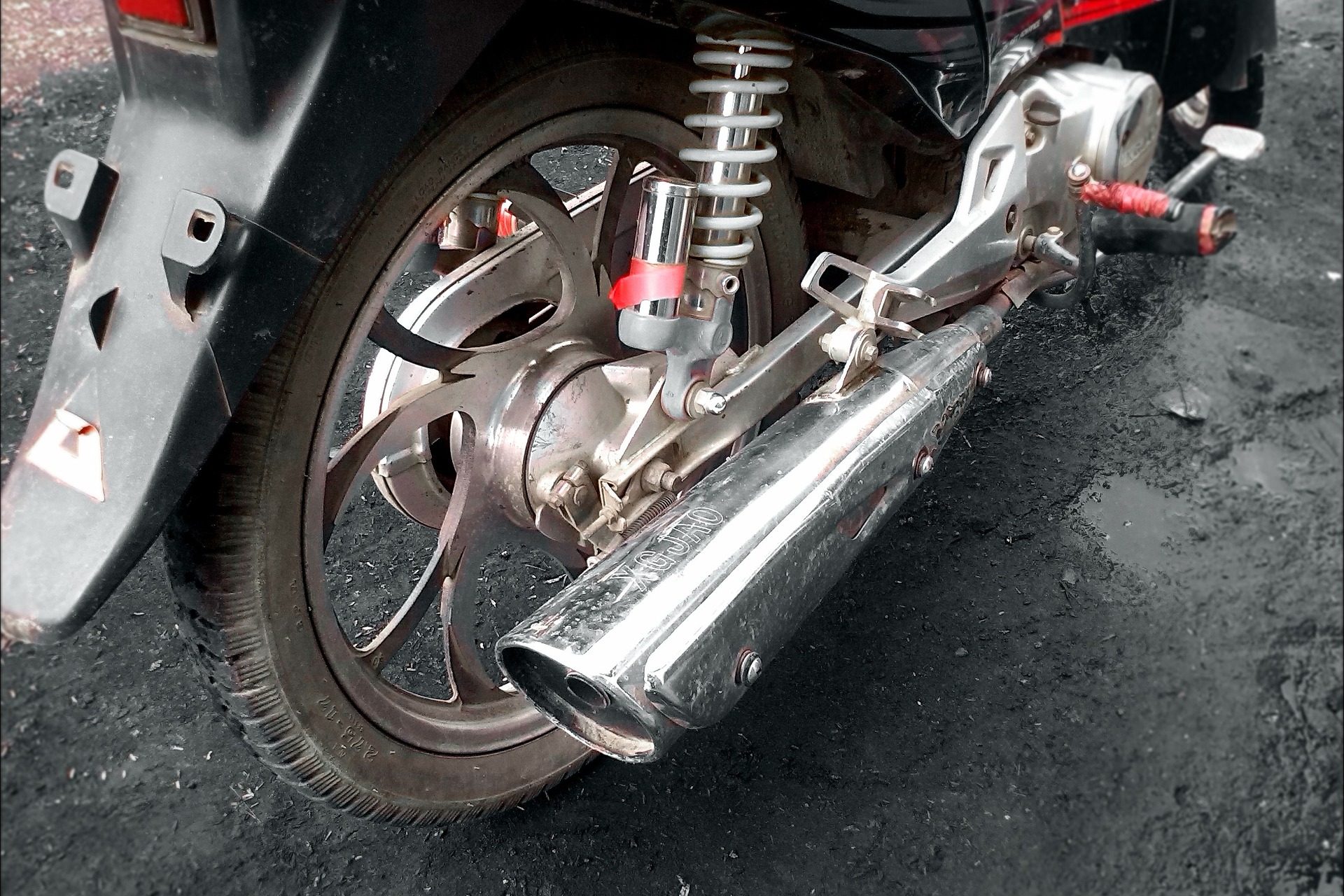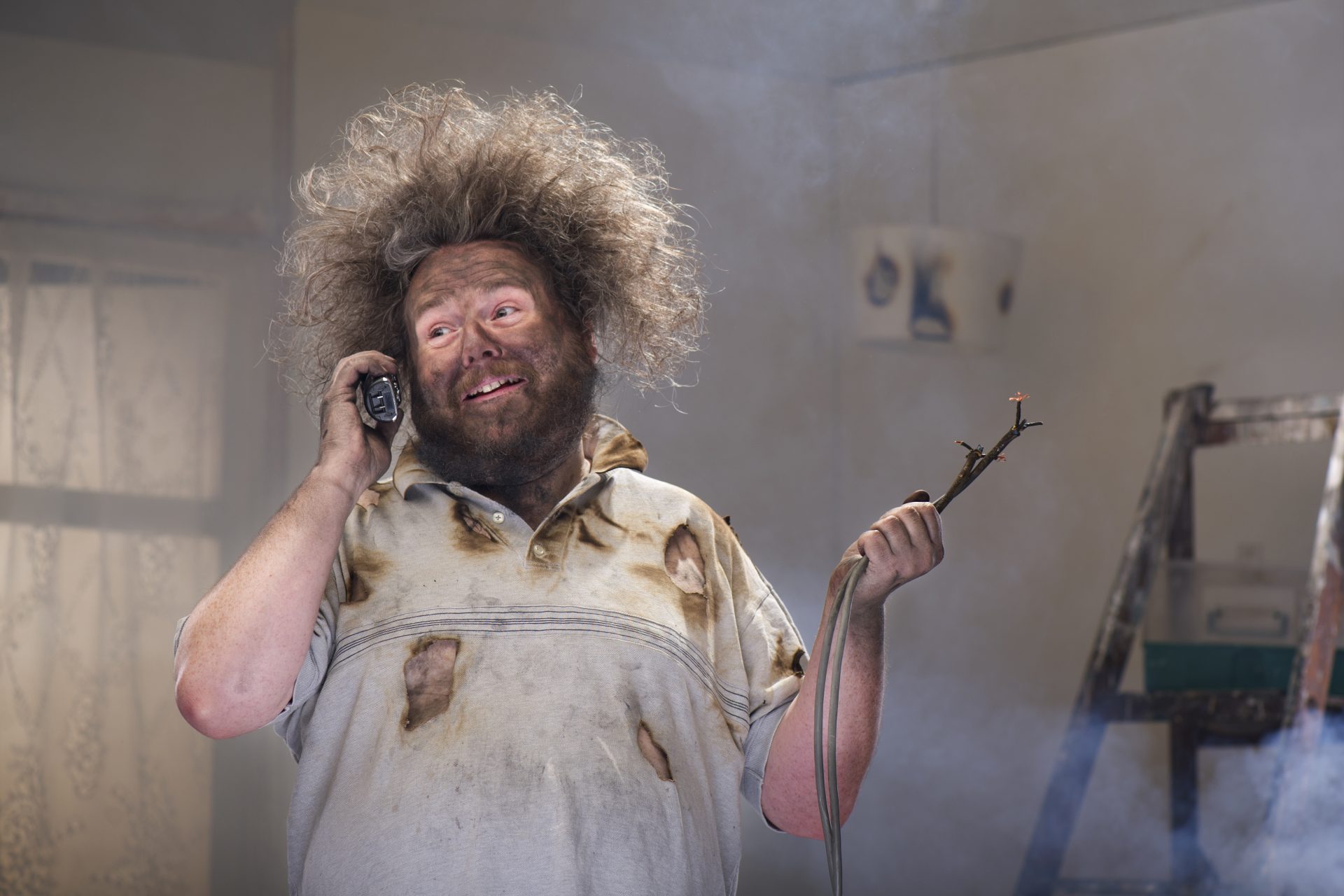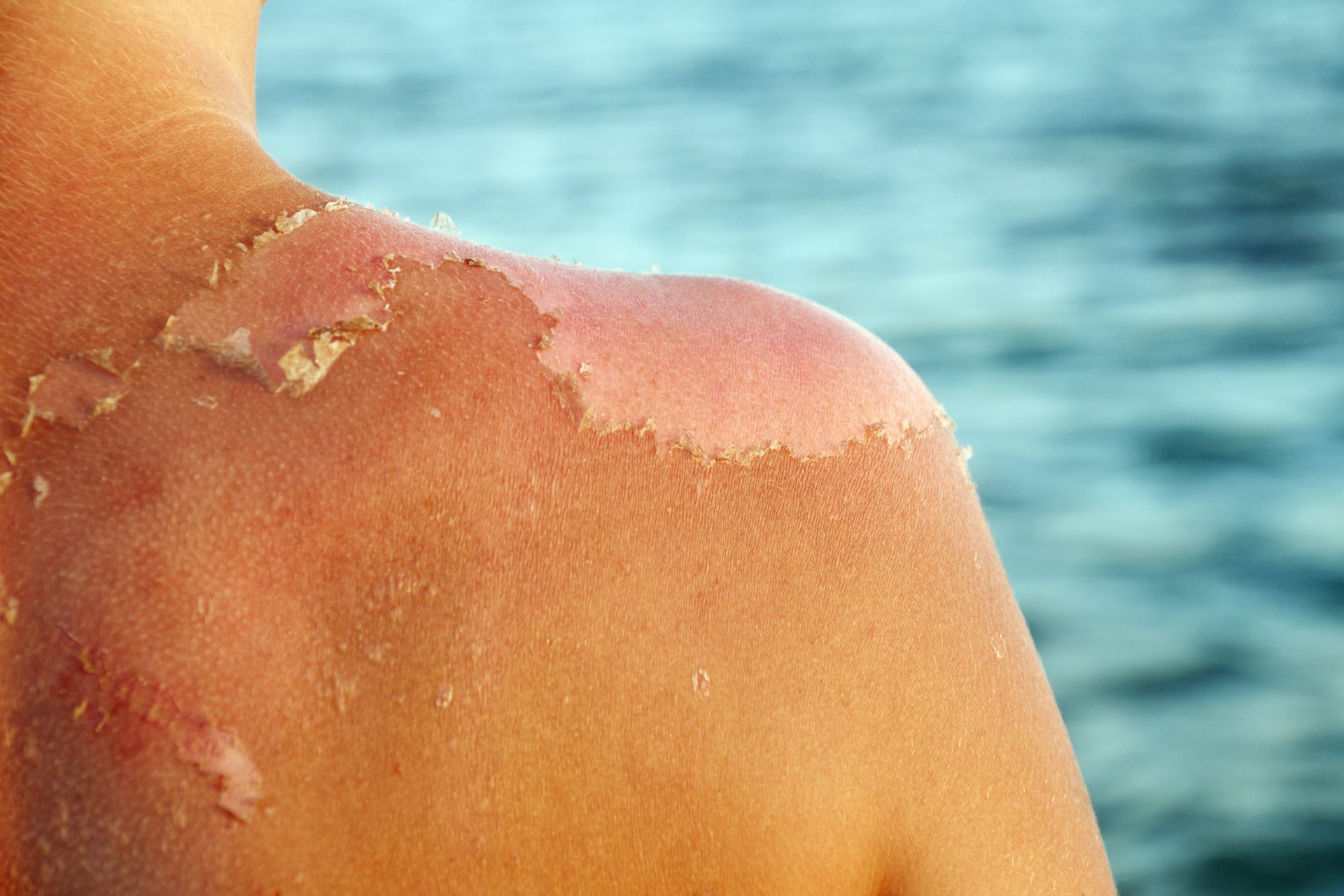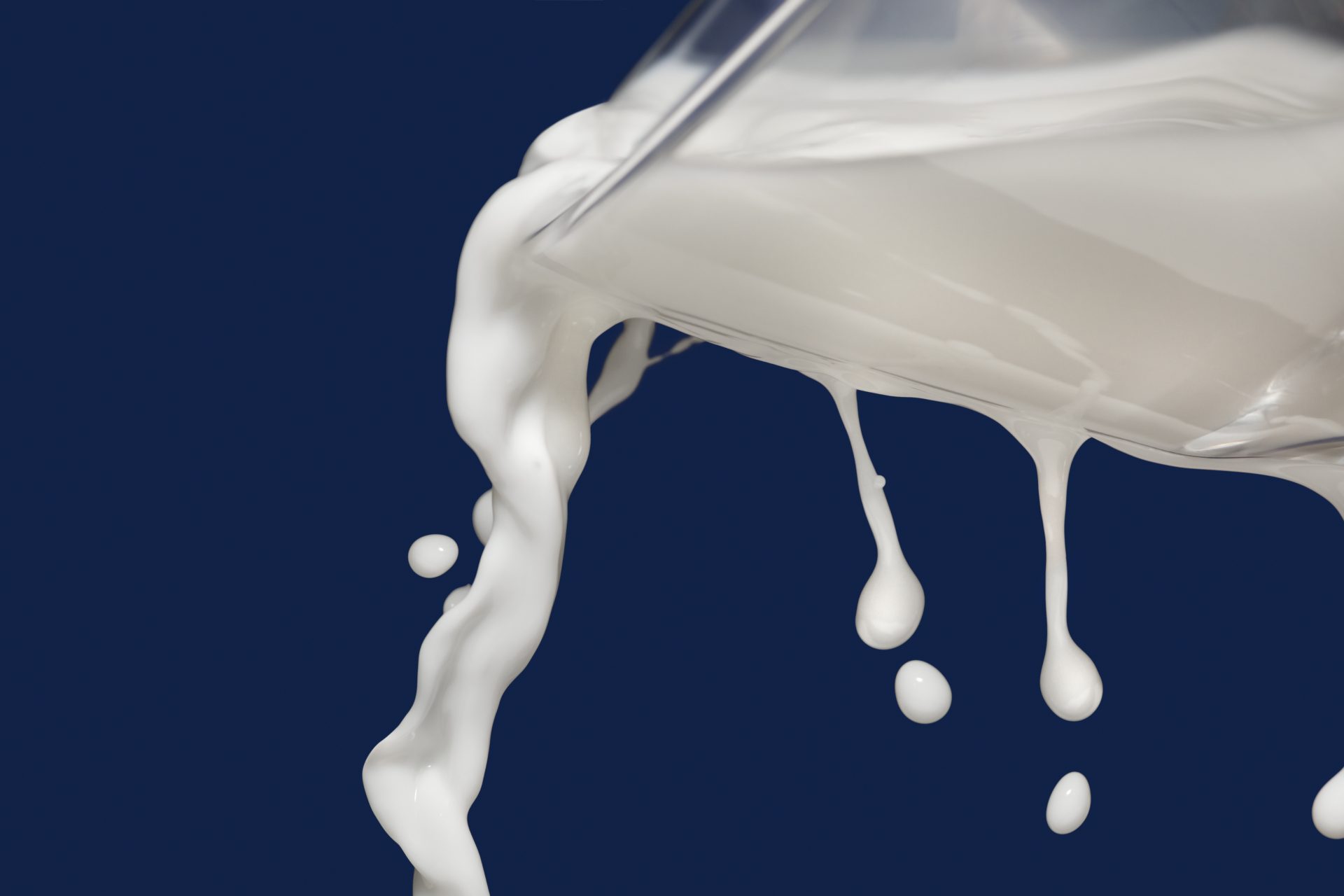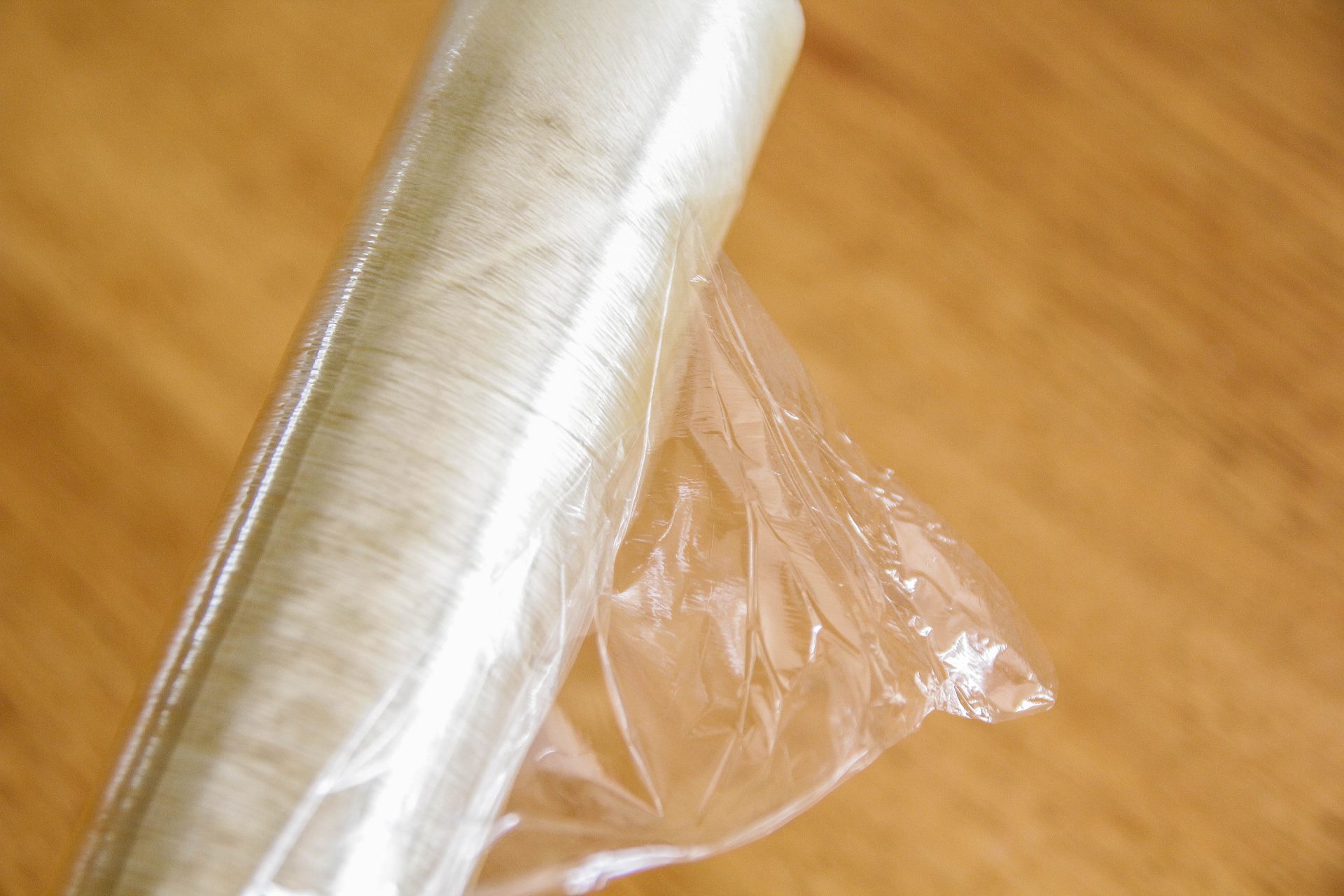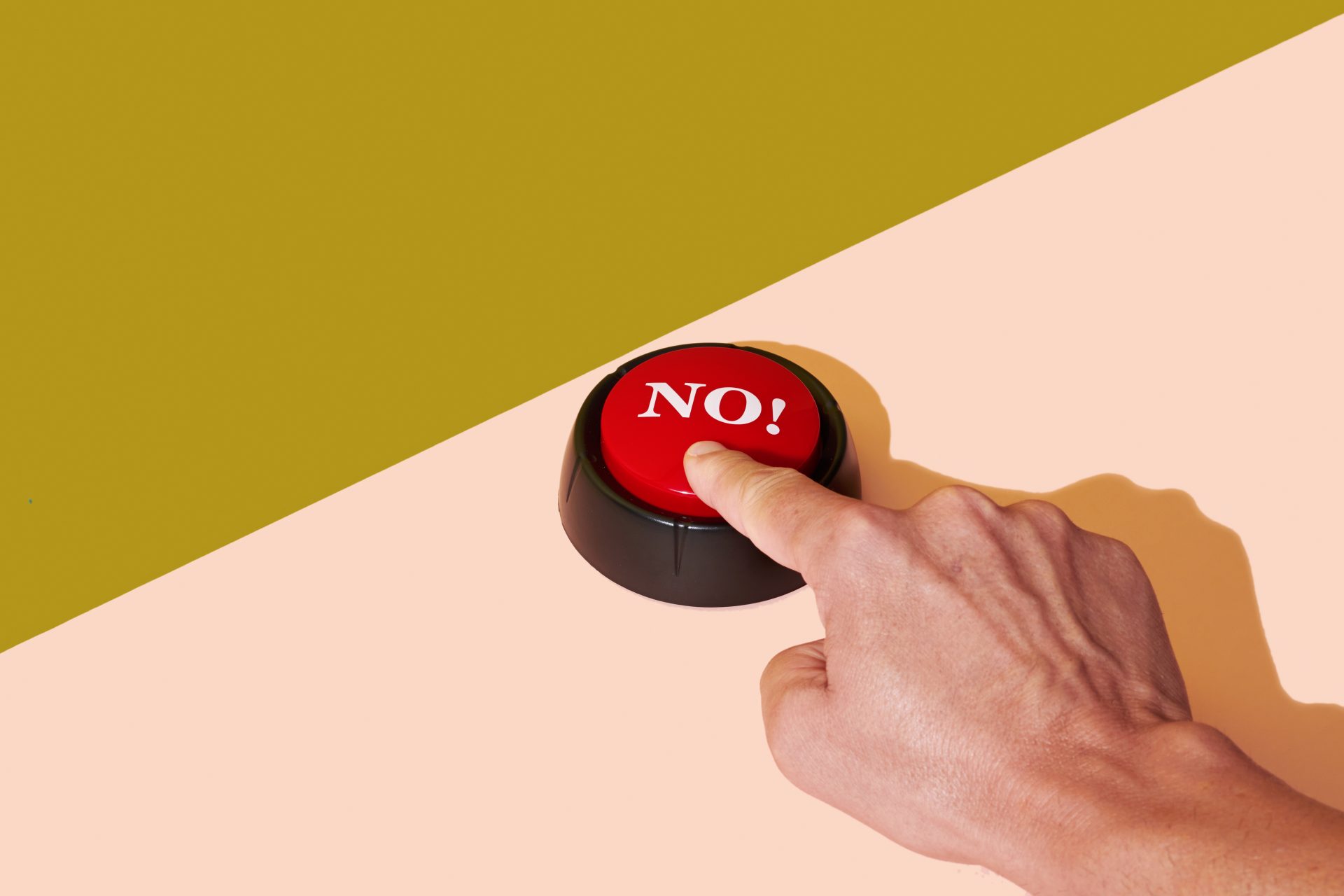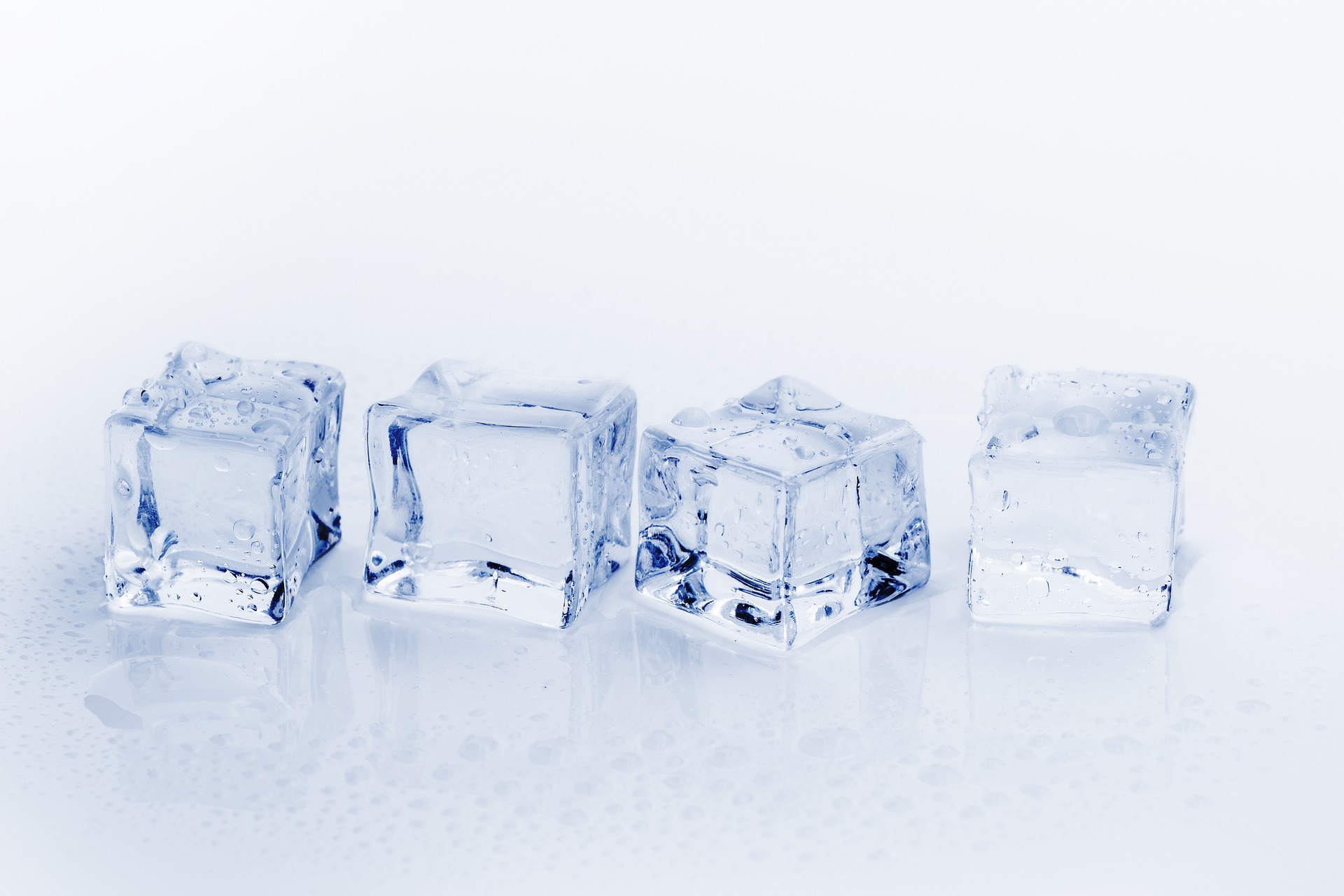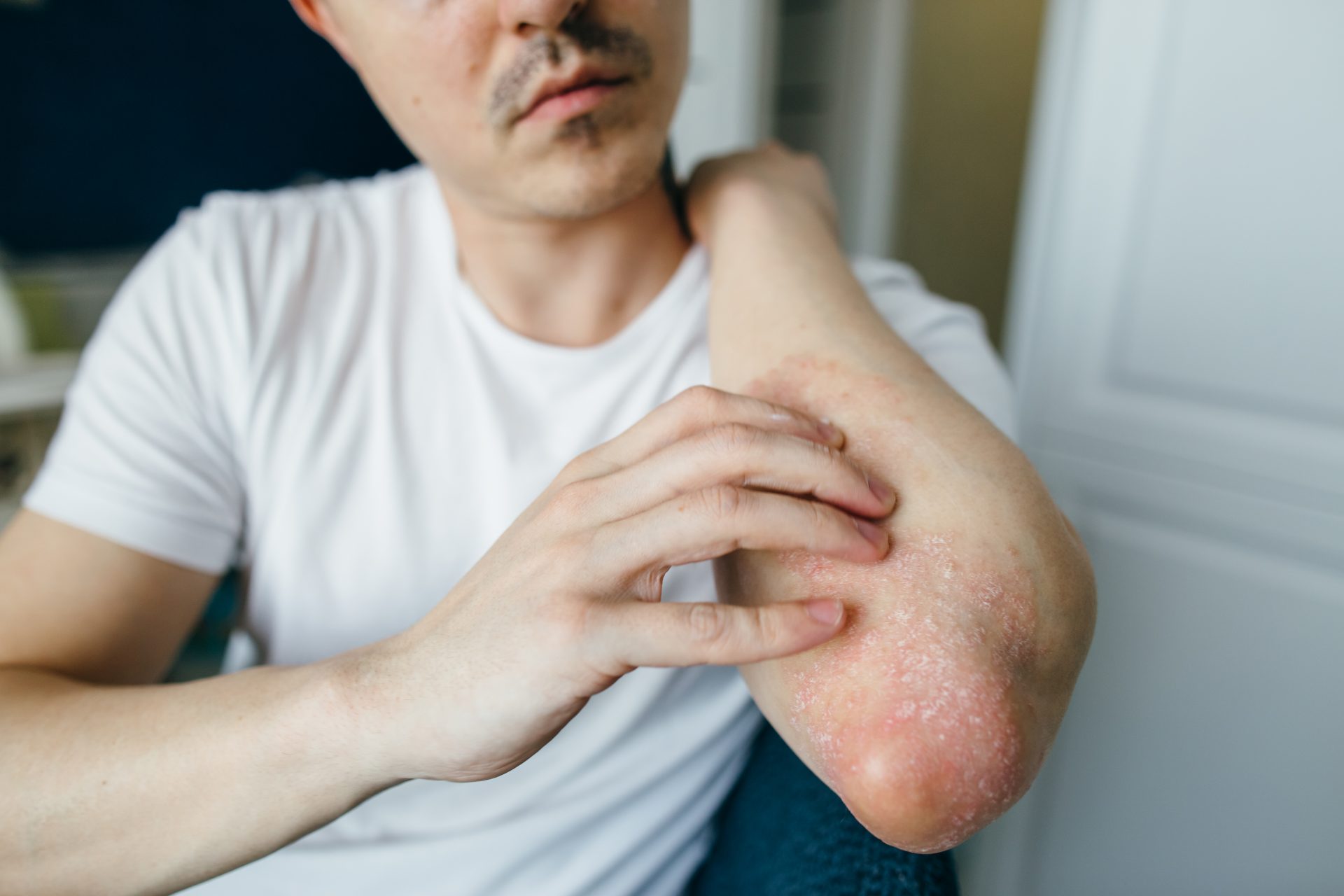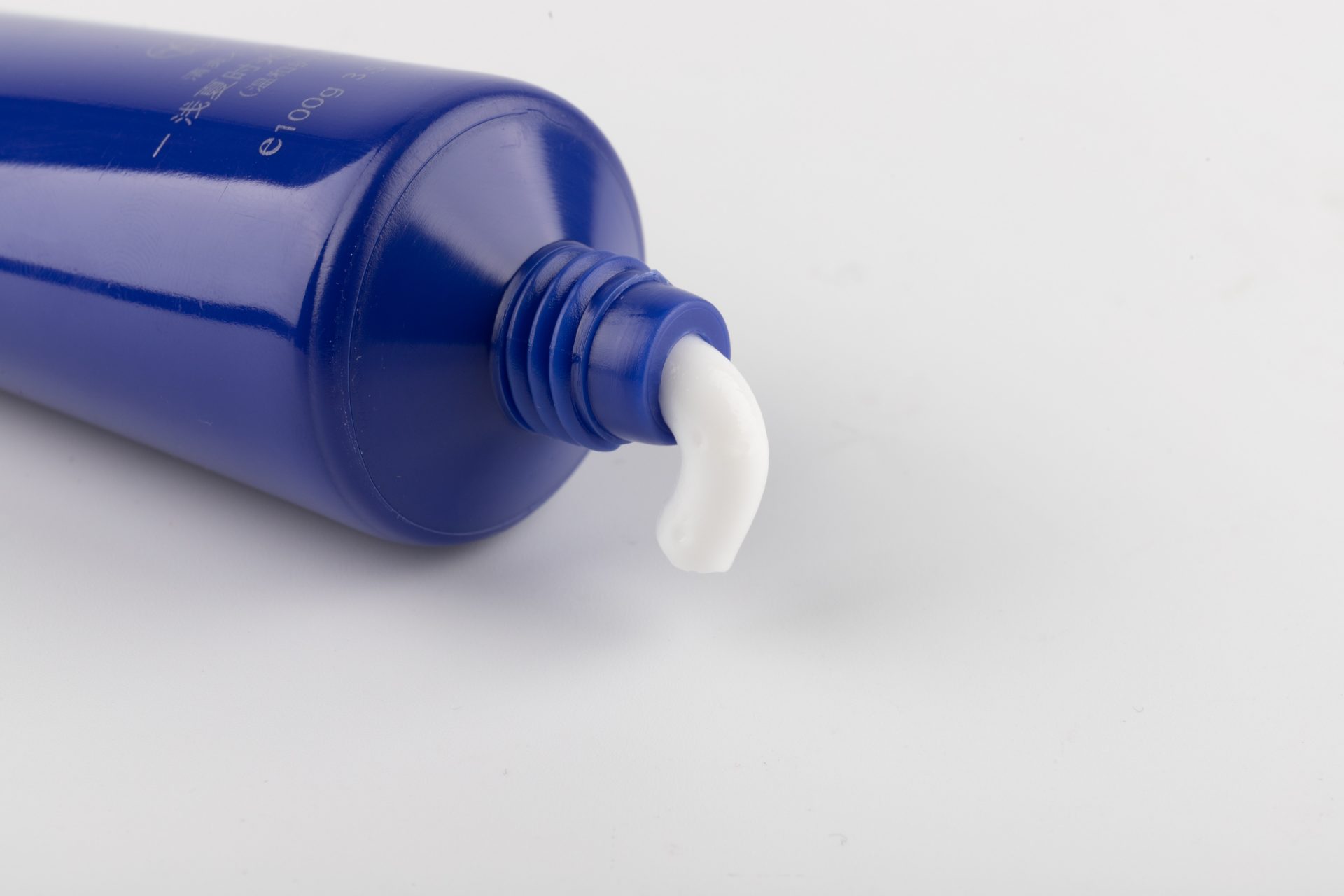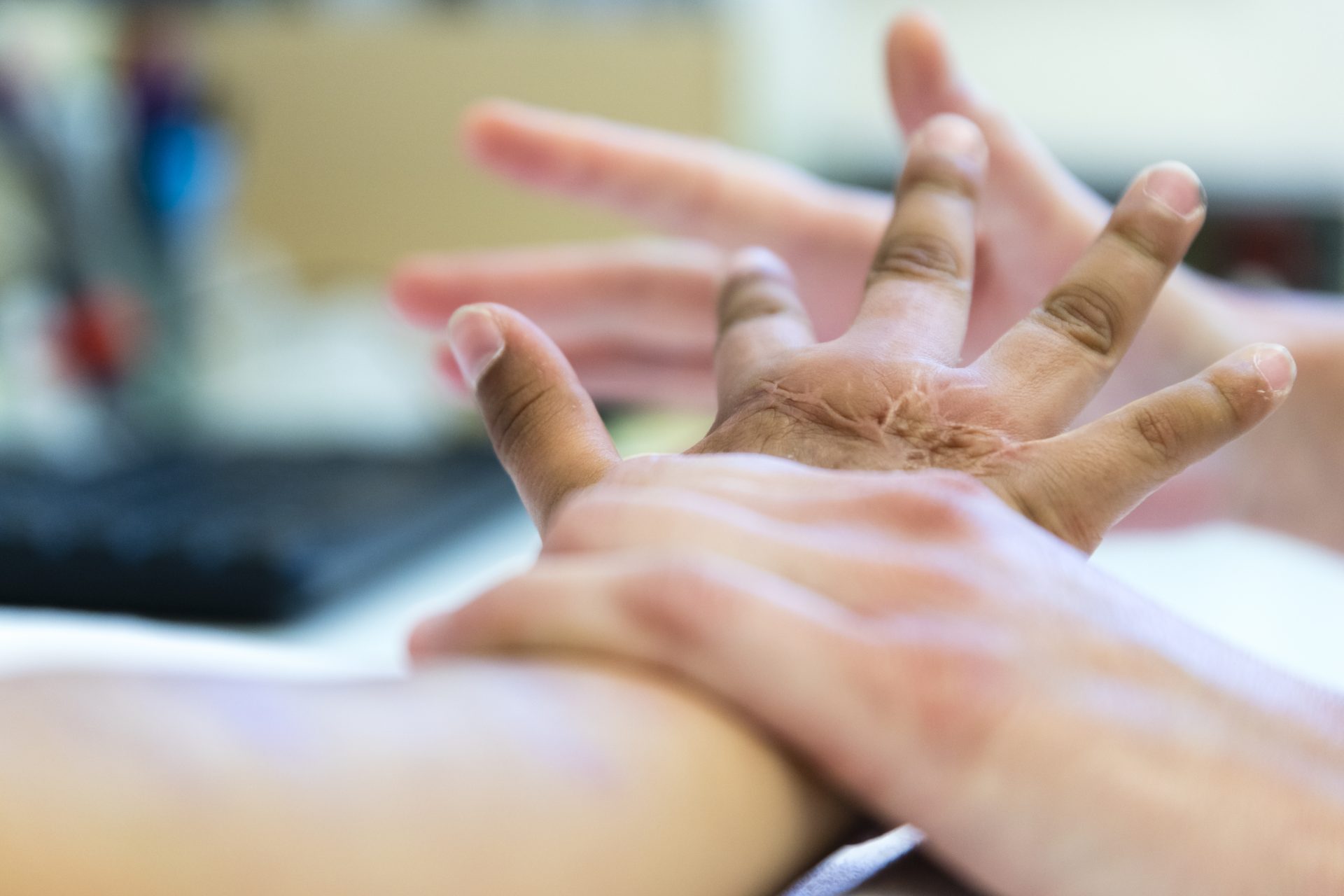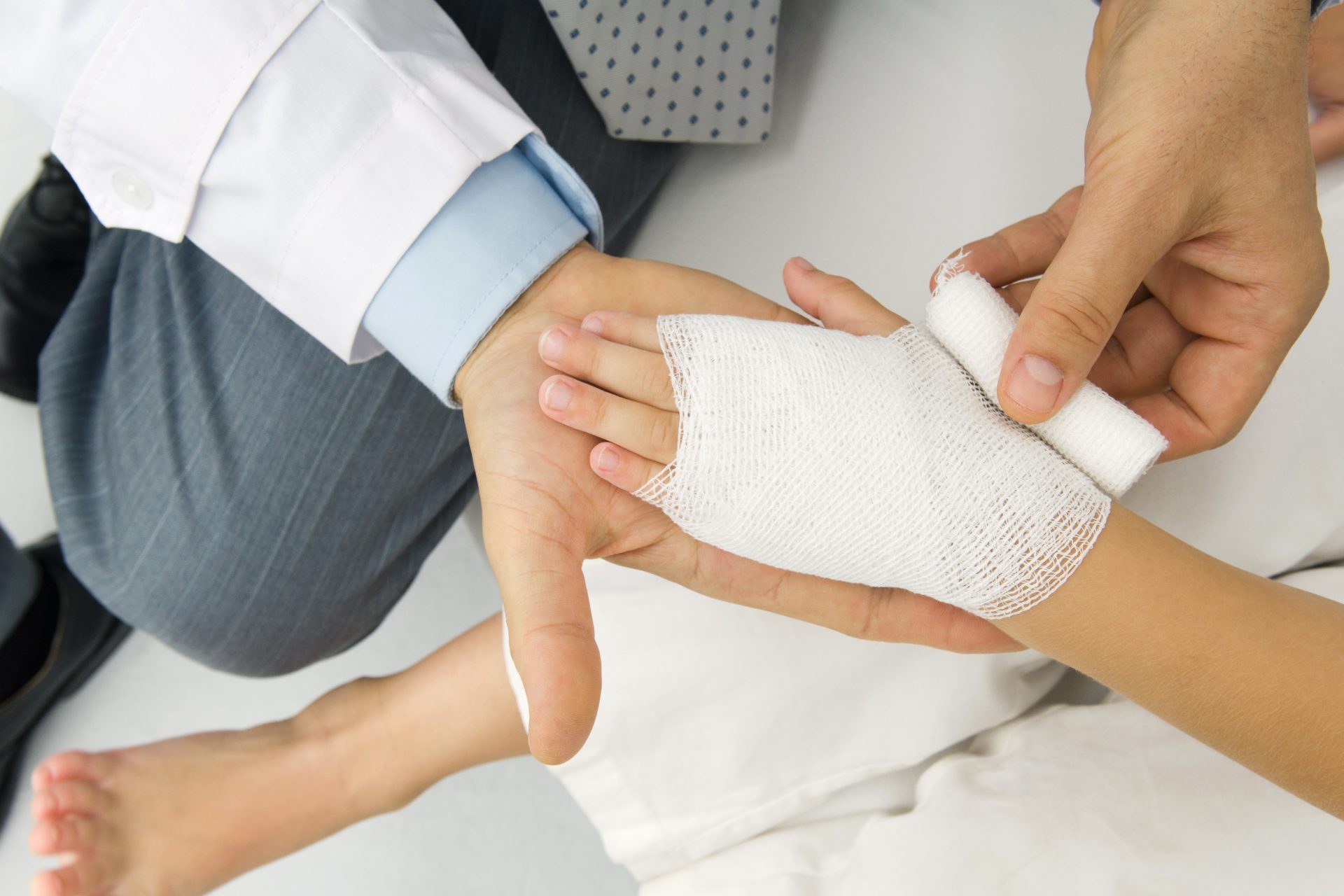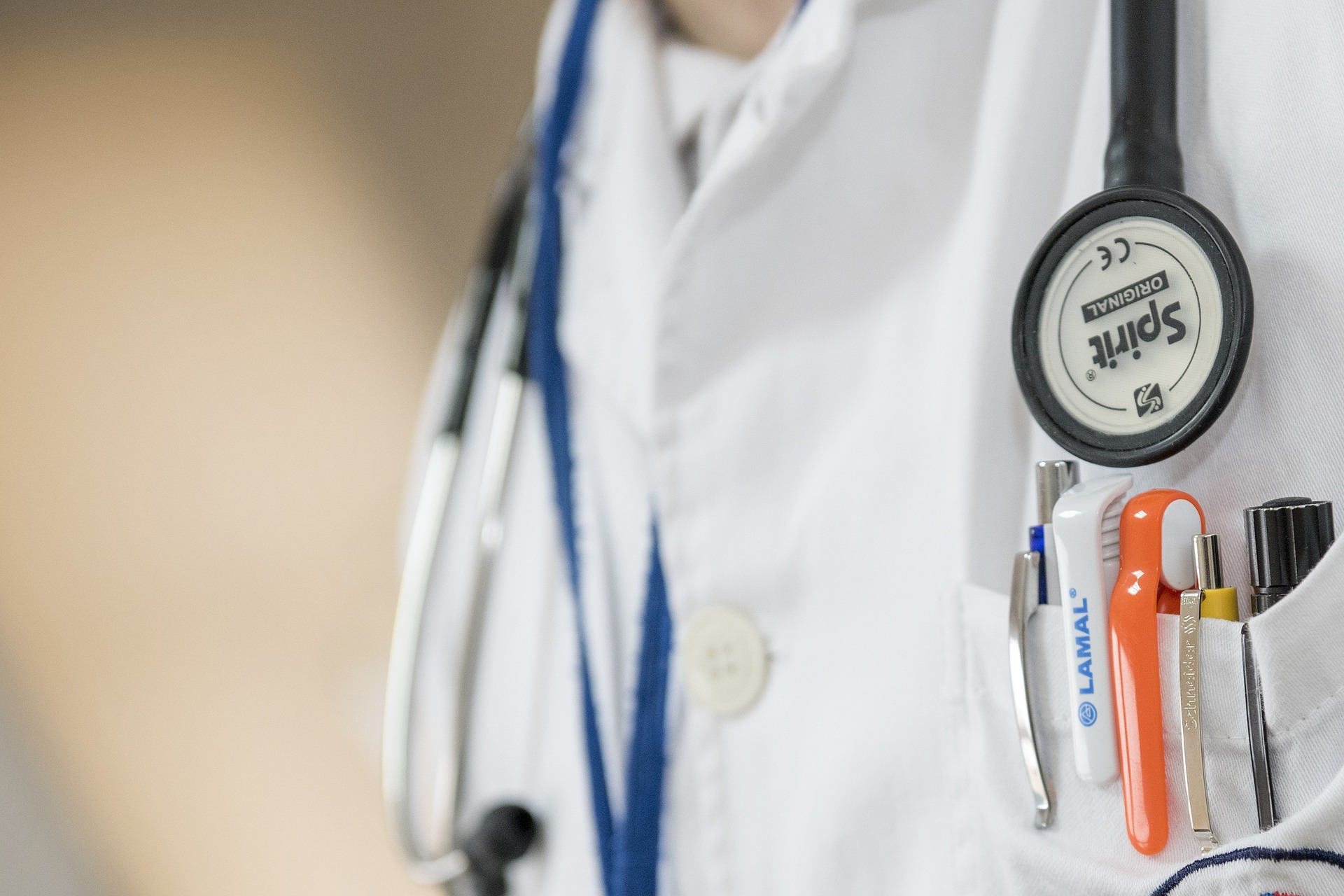Did you get burned? Here's what you should and shouldn't do
Scalds or burns caused by domestic accidents are very common and, since they do not depend on human will, when they occur we are not always ready to react in the most appropriate way.
In this gallery you will find a small guide to be able to deal with situations of this type, taking into account what is best to do immediately but, above all, not to do, in case of sunburns and burns, taking the advice of dermatologist Emanuela Passoni.
First of all, it is necessary to make a distinction between scalds and burns, terms often used as synonyms, but which in reality indicate two different situations: while the scald is an injury caused by the transfer of heat from an aqueous medium, the burn is caused by heat coming from metal or the sun.
As regards burns, then, there are different levels, which differ in degrees depending on their severity.
We have first degree burns, i.e. those that affect the epidermis, the most superficial state of the skin. Then there are second degree burns which affect the dermis, the layer immediately under the epidermis. Finally, we have third degree burns, which affect the skin, including the hypodermis, a deep layer of the skin.
Spilling a pot of boiling water on yourself or getting burned by the muffler of your scooter or motorbike is more common than you think. In some cases, prompt intervention can avoid more serious consequences that even require surgical interventions.
Photo by chitsu san from Pixabay
The first thing to do in the event of a scald or burn is to remove the heat source that caused it immediately. Especially if it is an electrical source, it is necessary to remove the affected person from the area immediately.
The second step to follow involves removing any clothing and jewelry that is near the burn or burns. If the clothing worn is very tight or is in direct contact with the burn area, you will need to wet it well with water before removing it.
The following step is very important and should be done immediately: Wet the burned or scalded area with running water at a temperature between 8 and 15 ºC, for a minimum of 20 minutes. In case of chemical burns it is preferable to extend the time to one hour.
If running water is not available, you can opt for other types of liquids, such as non-alcoholic drinks or milk.
The Red Cross website adds another step, in the event that the affected area of the body needs to be treated medically: cover it with plastic wrap or a plastic bag, but without tightening it.
Equally important in these situations is knowing what is preferable NOT to do, in order to avoid worsening the state of the scalded area or burns. Also in this case we will follow the recommendations of Dr. Passoni.
To avoid further consequences, you should avoid applying ice or very cold water to the scald or burn.
Photo by Bruno from Pixabay
If scales, blisters or scabs have formed, it is preferable to avoid removing them and, above all, to avoid rubbing the affected area.
Also avoid "home" or natural remedies, such as the application of toothpaste or oily substances.
Photo: Unsplash
Although contacting a doctor or going to the emergency room is always advisable, doing so becomes imperative in more serious cases, such as in the case of chemical or electrical burns and if the skin color is brown, white or black.
Regardless of their severity, it is preferable to contact a doctor immediately if the burns affect delicate areas of the body such as the genitals, face, hands, feet and joints, especially if blisters have formed there.
Finally, you will also need to contact a doctor immediately if you show signs of infection, such as fever, and if the burned area is larger than the palm of your hand.
Photo by Darko Stojanovic from Pixabay
More for you
Top Stories



